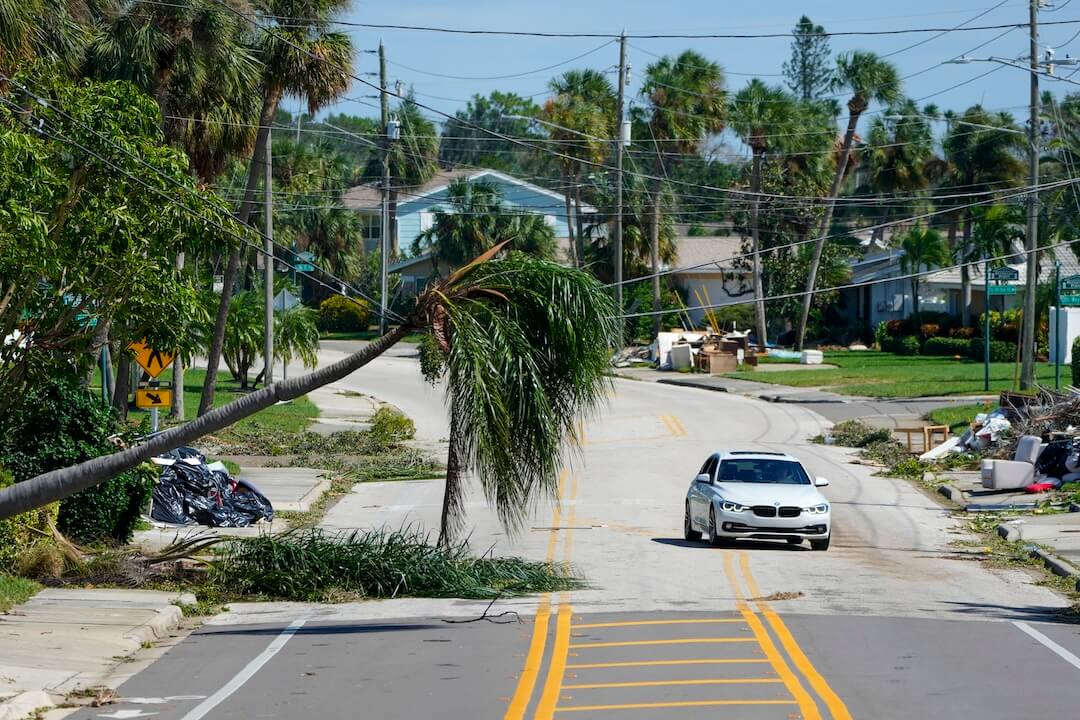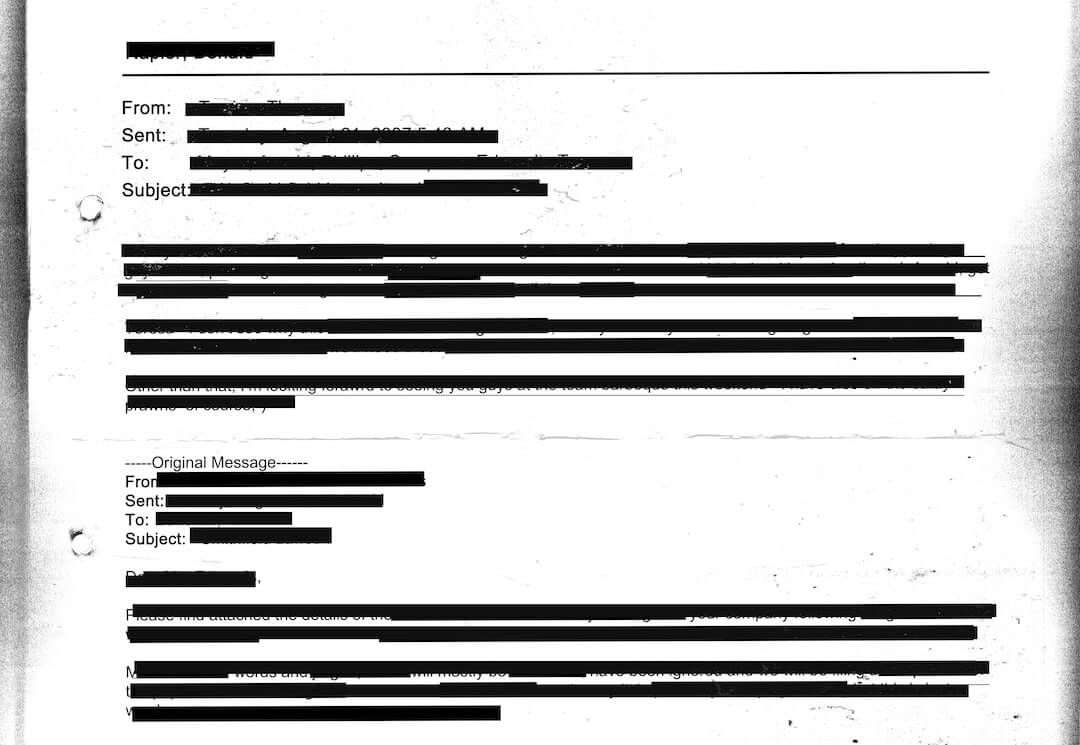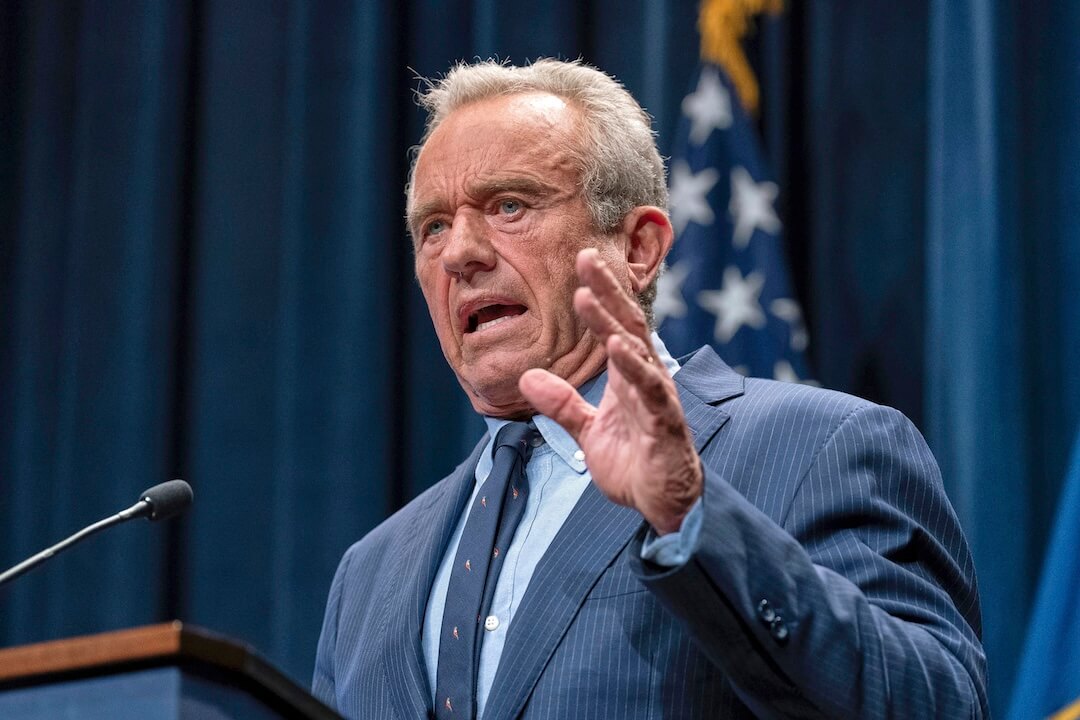As a fourth-generation Floridian, navigating hurricane season is typically more of a nuisance than a source of anxiety or fear.
But things have changed in recent years. The waters around Florida have warmed, leading to an increase in stronger storms. The media landscape has also changed, and misinformation abounds on social media platforms and blogs masked as journalism. Much of that misinformation capitalizes on communities and places at their most vulnerable, say, in the middle of hurricane season, when two major storms cause catastrophic damage across large swaths of the Southeast United States.
As a child, my family only evacuated once — for Hurricane Floyd in 1999, a Category 4 storm that looked like it would impact the east coast of Florida, where I grew up. My mother, stepfather, little sister and I packed our essentials, piled up into our four-door sedan and headed toward my uncle’s house in north-central Florida.
We spent what felt like endless hours on the road, gridlocked in a stream of fellow evacuees, sometimes at a complete standstill. My stepfather sometimes turned the car off to conserve gas. He’d roll down the windows, but it didn’t matter. Early September with a hurricane looming meant suffocating humidity.
And then, Floyd veered north, staying off of Florida’s eastern coastline and instead devastating North Carolina.
My mother deemed the experience unnecessarily painful and vowed to never evacuate again. In the ’90s, the track of hurricanes nearly always changed and hardly ever panned out the way meteorologists thought.
READ MORE: Are China and Russia amplifying hurricane misinformation? Early signs say yes
As a young adult, I relocated to the Tampa Bay area for college, where I lived through the infamous 2004 hurricane season when five named storms hit Florida in a mere six weeks. The damage that year amounted to $51 billion, making it the second-most costly hurricane season on record. Remembering 1999, I called my mom to see if she was worried. When she wasn’t, I chose to hunker down and stay put through the three storms — Charley, Frances and Jeanne — that caused fairly extreme weather conditions on Florida’s Gulf Coast.
When Hurricane Irma first threatened in 2017, its track was thought poised to cause devastation to the Tampa Bay area. My husband and I had a child under a year old, so we consulted one of my uncles and the local news and made the difficult decision to evacuate to Gainesville. The drive normally takes two hours. This time, it took more than four.
When Irma struck Gainesville harder than St. Petersburg, I made the same promise to forgo evacuating that my mother made in 1999.
In those memorable 2004 and 2017 hurricane seasons, I consulted local news and trusted family as part of my decision-making process about how to prepare and whether to evacuate. The reality in these situations is that our ability to reason is often overruled by our need to survive. Though hurricane season might be more of an annoyance most of the time, I’m not naive to the fact that I live in the sub-tropics, and much of what I value — my home, my kids’ schools, my city — could all become wreckage if the conditions are right.
Having access to sources I trusted — namely the local news and a few people who had lived through decades more hurricanes than me — helped me make more measured choices.
But then hurricane season 2024 rolled around and, on Oct. 5, ABC Action News chief meteorologist Denis Phillips started talking about Tropical Depression 14. It was forecast at the time to make landfall near Tampa Bay as a Category 2 hurricane. Only a week prior, St. Petersburg and much of Florida’s Gulf Coast, western North Carolina and Tennessee were devastated by Hurricane Helene.
Phillips is a no-nonsense, anti-hype meteorologist that most of Tampa Bay knows and trusts. A few days after he announced TD 14, which had become Hurricane Milton, he started telling Tampa Bay to take the storm seriously. In our community, we might not agree on politics, and we are made up of people of various creeds, customs, identities, ethnicities and personalities, but I’d venture to guess that a strong majority of us place unequivocal trust in Denis Phillips during hurricane season.
Milton felt different, and with Phillips speaking what we all were thinking, we couldn’t deny that we had to pay attention to this one. My husband and I decided our two sons and I would evacuate. We left Monday, Oct. 7, in the late afternoon, after my boys said a teary goodbye to their dad. As a first-response employee at a local hospital, he had to stay behind.
I wondered to myself and out loud if I’d once again regret evacuating. The drive to my high school best friend’s house in Daytona Beach took 6.5 hours when usually it took three. Her area was forecasted to get Category 1 level wind and rain, so I didn’t know if we were making the right choice.
All I knew was that Hurricane Milton, at that time, was a strong Category 5 hurricane and headed straight for Tampa Bay. I knew it would wobble the closer it came. I knew that the track couldn’t be confirmed until a couple of hours from landfall. I had enough experience to know that the variables outweighed any certainty.
But I couldn’t take the chance this time.
So we pulled into my friend’s driveway and we waited. I didn’t sleep much Wednesday night — the night Milton would make landfall. Daytona got about 10 straight hours of rain and wind, which felt unnerving as I was simultaneously scrolling my social media feeds to keep tabs on how my Gulf Coast city fared as the storm’s eyewall neared landfall.
In the hazy morning hours after Hurricane Milton ravaged much of the west and east coasts of Florida — my friend’s neighborhood was flooded and we were without power — I texted the people I loved back home to make sure they were all safe. Many were mostly fine, with yards to clean up and cosmetic damage to their homes. Some sustained major damage. A few lost everything. All were without power, water and sewer.
One of my family members, my mother-in-law, started worrying. She had hunkered down, unable to evacuate. After the storm, she wasn’t able to find gas. She’d been without power for three days. The contents of her fridge had spoiled.
My sister-in-law reached out about how she could help her mother. I had become the trusted resource, just as my mother and uncle had been for me in previous seasons. I sent her lists of resources from a couple of my trusted local media outlets and instructed her to help her mom apply for FEMA assistance.
Initially, my sister-in-law agreed. But a few hours later, she asked me if the FEMA benefits were a loan that had to be paid back — a claim she said she read but couldn’t remember where. She thought it was NewsNation (it wasn’t), or it could have been social media. (Insert heavy sigh here).
For many, especially younger generations, social media rather than local news serves as the trusted media source. As a long-time journalist, I’ve watched the waters muddy, often as a result of social media, as we try to help others sort fact from fiction in the face of misinformation.
MORE FROM POYNTER: As those hit by Hurricane Helene work to recover, misinformation metastasizes
At that time, displaced by a major hurricane, unable to determine when I’d be able to return home, serving as the primary caretaker for my children while trying to work, fielding endless text and social media messages and emails from concerned family and friends, it felt like too much to muster the mental and emotional bandwidth to explain to my sister-in-law that she’d fallen into a misinformation trap. I did it anyway.
I then turned around and did the same for my mother-in-law, because her daughter had already told her that FEMA would require any assistance she received to be paid back. She needed to hear from someone else that the information was false.
The entire experience made me weary and got me thinking about how important it is that the public has an understanding of and access to reliable, trusted sources long before storms like Helene and Milton render them vulnerable. Because when we are vulnerable, we often do not have the mental bandwidth to fact-check or question information sources.
When we are in the midst of a disaster, searching for help and answers, we are likely not going to remember to do our own research. Survival is not the time for added mental load.
In times of crisis, local, trusted reporting is a necessity, and access to that reporting should be top priority. When Hurricane Helene decimated North Carolina, Blue Ridge Public Radio found ways to keep reporting. During Hurricane Milton, when power went dark for nearly 100% of St. Petersburg, and much of the rest of Tampa Bay, WUSF launched a live, text-only blog. The Tampa Bay Times removed its paywall from hurricane coverage long before the storm hit and kept it open for coverage of the aftermath.
In Tampa Bay, both of those news organizations have provided the public with guides to resources so that community members can access the help they need to start the recovery process. They’ve also published articles about how to seek assistance from local options and government organizations like FEMA.
During times of crisis, local news provides trusted information. Harmful misinformation seeps in when that news is lacking. When we’re under threat, we often don’t have the means to distinguish the two.
We all must determine and support our trusted sources now, so we know where to turn when we need them most.







